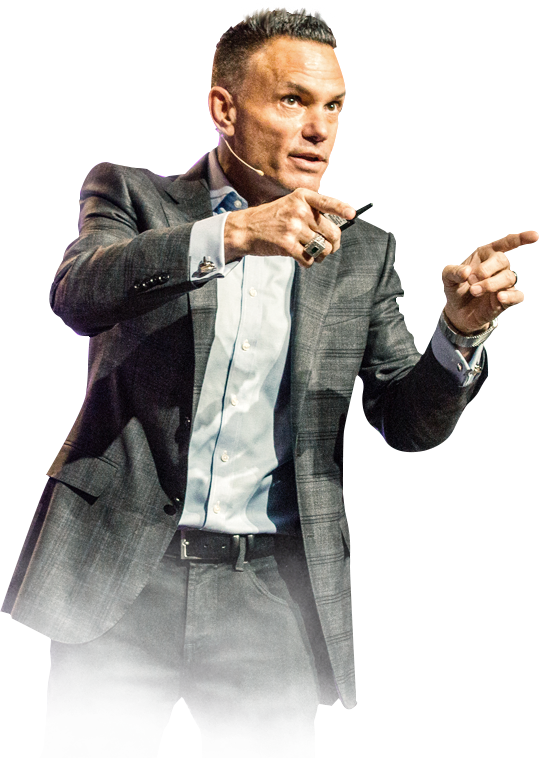
 Much continues to be made about the growing chasm of income inequality; the subject has transcended the economic realm into the political. In some circles, the dynamic has even bred resentment against the top 1 percent who seemingly control more of the world’s power and wealth.
Much continues to be made about the growing chasm of income inequality; the subject has transcended the economic realm into the political. In some circles, the dynamic has even bred resentment against the top 1 percent who seemingly control more of the world’s power and wealth.
Indeed, asset gap has become more and more pronounced. Old estimates suggested the top 20 percent of revenue earners controlled at least 80 percent of the nation’s wealth. That’s extended considerably. Today, the top 1 percent control the vast majority of the nation’s wealth.
Business shares a similar profile. Typically, the top 20 companies in a given industry generate 80 to 90 percent of that industry’s revenue. The top 10 percent of executives — let’s call them the inner circle — frequently earn fortunes while the rest are forced to fight it out for more modest compensation.
That slow-motion battle — too many Americans are stuck living paycheck to paycheck — can be both exhausting and dehumanizing. Part of the frustration is that middle-income earners can work to distinguish themselves in their industry, but fall short of cracking that top 10 percent. The reward for being above average is often unsatisfying.
On the other hand, a key influencer who orchestrates his or her way into the inner circle suddenly gets to share in 90 percent of the wealth. It is life changing. That is why I spend so much time focused on the key-person-of-influence premise.
By using the skills of a leader and entrepreneur — which any one of us can dedicate the time and effort to do — we can make that transformative leap.



